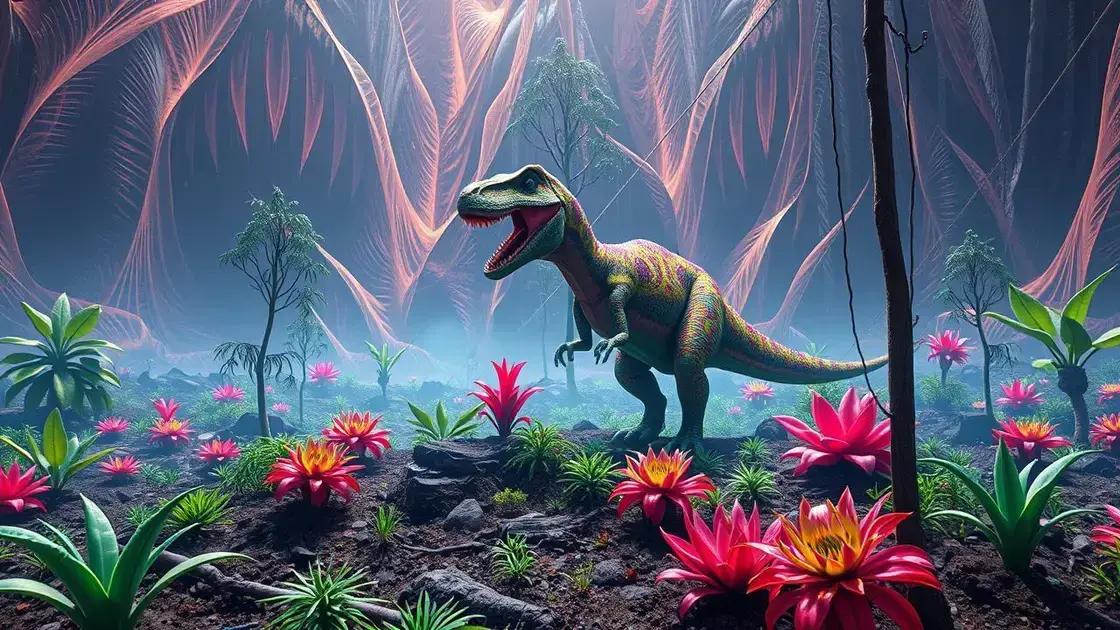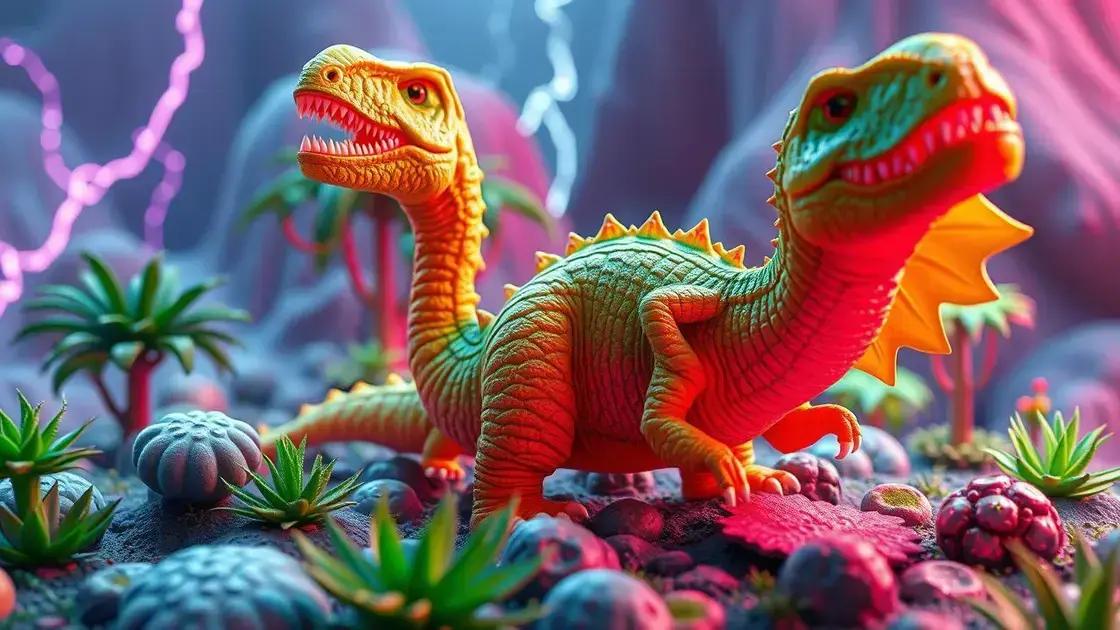How to Care for a Dinosaur Plant: 5 Essential Tips for Thriving Greens
How to care for a dinosaur plant? Imagine bringing a piece of prehistoric history into your home with a plant that has survived for millions of years. These unique plants carry secrets of resilience, and knowing how to nurture them can lead to flourishing greens that spark curiosity and admiration. Dive into practical tips that will make caring for these extraordinary plants an engaging experience.
Table of Contents
ToggleUnderstanding dinosaur plant watering needs
Understanding dinosaur plant watering needs is crucial for their health and longevity. These prehistoric plants require specific watering techniques to thrive in your home or garden. Unlike many common houseplants, dinosaur plants need a careful balance of moisture and dryness. Overwatering can lead to root rot, while underwatering can cause stress and hinder their growth.
Here are some important considerations for watering your dinosaur plant:
- Check the soil: Always check the top inch of the soil before watering. If it’s dry, it’s time to water.
- Watering technique: Ensure even watering by applying water evenly across the soil’s surface until it drains out of the bottom.
- Seasonal adjustments: During the growing season (spring and summer), dinosaur plants require more frequent watering compared to the dormant winter months.
- Signs of underwatering: Yellowing leaves and wilting can indicate that your dinosaur plant is not getting enough water.
Frequency of watering
The frequency of watering your dinosaur plant will vary depending on environmental conditions. Generally, a routine watering schedule might look like this:
- Spring: Every 1-2 weeks
- Summer: Every 1 week
- Fall: Every 2 weeks
- Winter: Once a month
Common mistakes in watering
When caring for a dinosaur plant, it’s essential to avoid these common watering mistakes:
- Neglecting drainage: Use a pot with drainage holes to prevent water from pooling at the bottom.
- Ignoring humidity: Dinosaur plants prefer a humid environment; consider using a pebble tray or misting to maintain humidity levels.
- Water quality: Check for chlorine or chemicals in tap water that may affect your plant’s health.
By adequately managing your dinosaur plant watering needs, you can ensure it stays vibrant and healthy. For more tips on plant care, consider exploring indoor gardening techniques to enhance your knowledge.
The best soil for dinosaur plants

The best soil for dinosaur plants is essential for their overall health and vibrancy. These remarkable plants thrive in well-draining, nutrient-rich soil that mimics their native environment. Choosing the right soil helps promote growth and prevents common issues like root rot.
When selecting soil for dinosaur plants, consider these key components:
- Drainage: The best soil should allow excess water to drain quickly, preventing soggy roots.
- Nutrients: Look for soil blends that are enriched with organic matter like compost to provide essential nutrients.
- Texture: A combination of sand, peat, and perlite is ideal for achieving a loose, airy texture that enhances drainage and aeration.
Recommended soil mixtures
Here are some effective soil mixtures for cultivating dinosaur plants:
- Mix 1: 1 part potting soil, 1 part sand, and 1 part perlite.
- Mix 2: 2 parts cactus soil, 1 part shredded coconut coir, and 1 part pumice.
- Mix 3: 2 parts well-rotted compost, 2 parts topsoil, and 1 part fine gravel.
Signs of unsuitable soil
Recognizing the signs that your dinosaur plant may be in unsuitable soil is crucial:
- Yellowing leaves: This can indicate poor drainage and possible root rot.
- Stunted growth: If your plant isn’t growing as expected, it may lack nutrients or have compacted soil.
- Foul odor: A bad smell can mean that the soil is too wet and has started to decompose.
By selecting the best soil for dinosaur plants, you can provide a thriving environment for these unique specimens. Consider exploring indoor gardening techniques for more insights.
Sunlight requirements for healthy dinosaur growth
Sunlight requirements for healthy dinosaur growth play a vital role in the care of these unique plants. Dinosaur plants, like many other species, thrive best under specific lighting conditions that mimic their natural habitats. Understanding these needs can significantly enhance their growth and overall health.
When considering the sunlight requirements for dinosaur plants, keep these factors in mind:
- Light intensity: Dinosaur plants typically prefer bright, indirect sunlight. Too much direct sun can scorch their leaves, while too little light may stunt their growth.
- Duration of light: Aim for about 6-8 hours of bright, indirect sunlight each day to encourage optimal growth.
- Seasonal adjustments: During the winter months, you may need to move your plant closer to a light source to compensate for shorter days.
Best locations for placement
Choosing the right spot for your dinosaur plant is essential:
- Near a north or east-facing window is ideal for bright, indirect sunlight.
- Avoid placing them in direct sunlight, which can be harmful.
- Consider using sheer curtains to filter light if your windows get a lot of sun.
Signs of improper light exposure
Recognizing when your dinosaur plant is not receiving the right amount of sunlight can help you adjust its care:
- Leggy growth: If the plant is stretching towards the light source, it may need more sunlight.
- Faded leaves: Leaves losing their vibrant color might indicate that sunlight quality is low.
- Leaf burn: Scorched or crispy leaf edges suggest too much direct sunlight.
Providing the right sunlight requirements for healthy dinosaur growth ensures your plants flourish beautifully. For additional insights, consider exploring indoor gardening techniques to enhance your plant care skills.
In conclusion
Caring for dinosaur plants requires understanding their unique needs, including proper watering, the right soil, and adequate sunlight. By following the essential tips outlined in this guide, you can ensure that your prehistoric greens thrive in your home or garden. Remember that each plant is unique, and observing their growth can help you tailor your care strategies. For more inspiration and tips on enhancing your indoor garden, explore additional resources!

